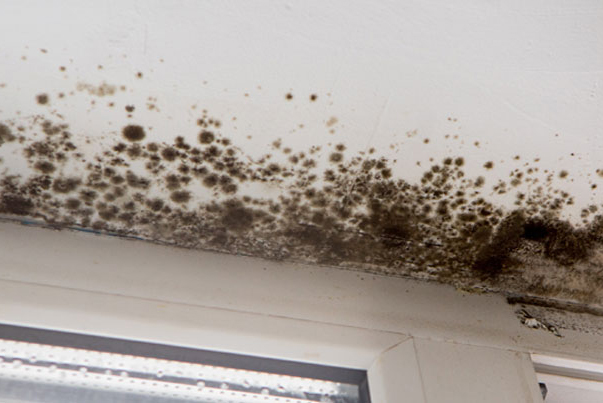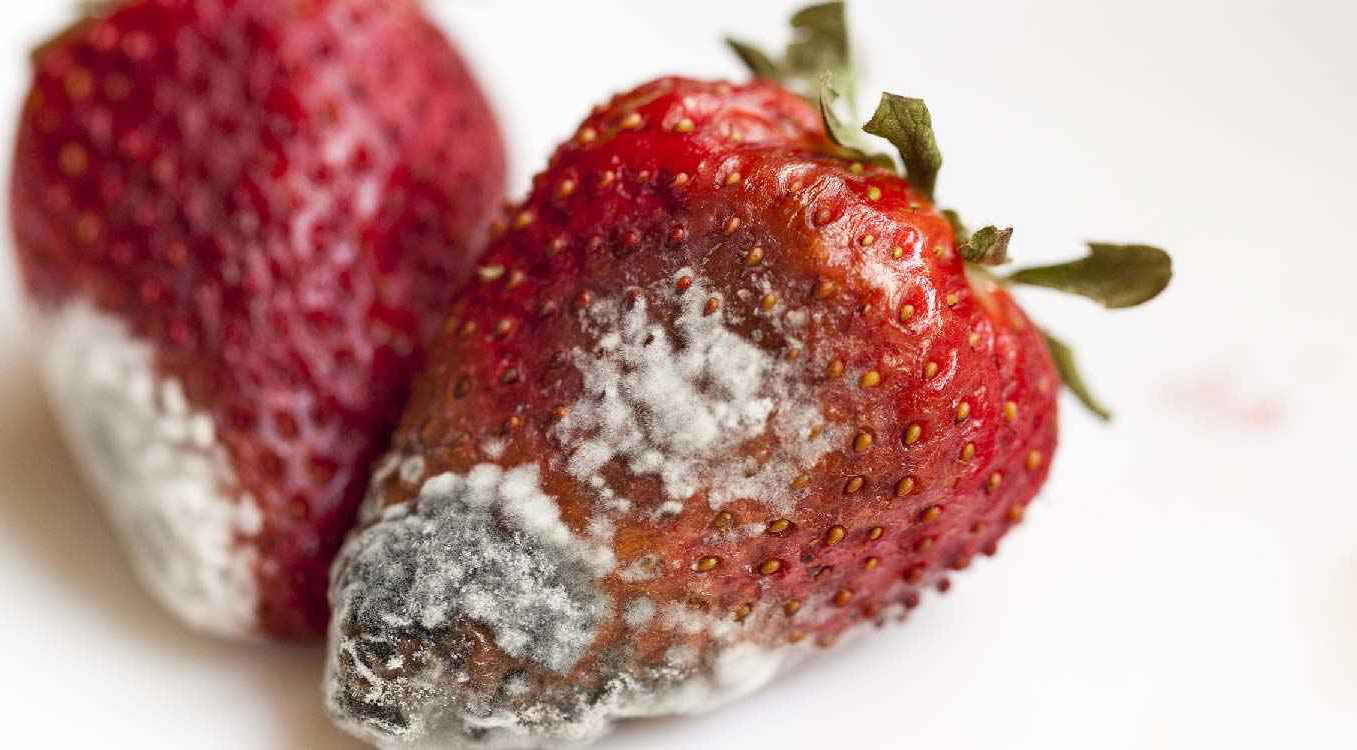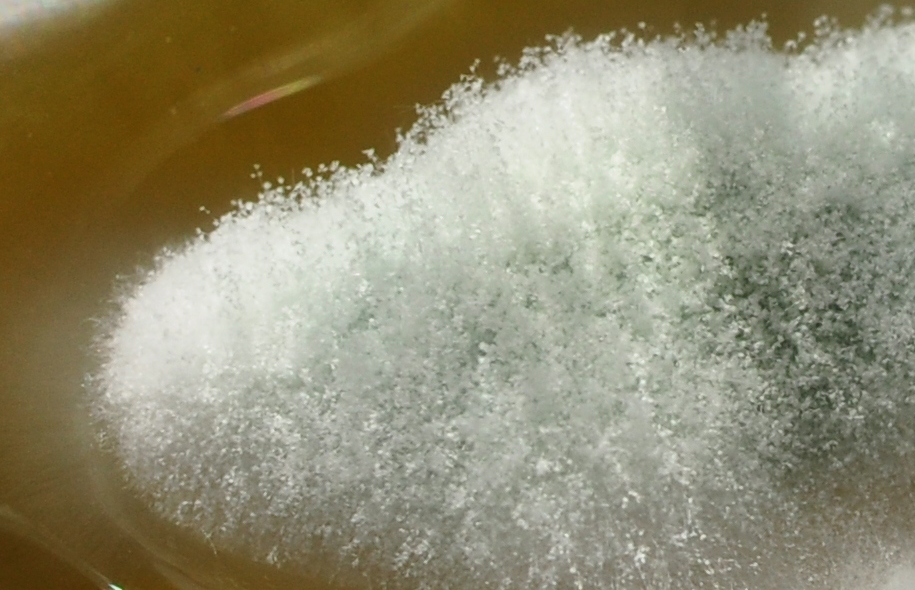What kind of mold is in my house?
Reach out to an experienced professional for mold that covers more than 10 square feet. Anything less should be fine.
TL;DR
Depending on the severity of mold, it is best to do additional research regarding steps to take for removal and whom in your area to contact if contamination is widespread. There are many contractors that are more than capable to efficiently remove the problem but make sure they are licensed and trained.
- Table of Contents:
- Alternaria
- Penicillium
- Botrytis Cinerea
- Safety Tips
- Removal
Alternaria
This is one of the most common outdoor molds. Its spores are easily picked up by the wind or any outside stimuli and are then whisked into any place that is damp. Mold most often resides in the shower, produce, clothing, dark corners of the basement, and other areas of that nature. Alternaria is extra fun because it spreads quite quickly and can take over a home faster than you would think, unless you immediately remediate the problem. Imagine a pitch-black fuzzy presence just relaxing in the threads of the carpet, cultivating in its humidity, slowly spreading undetected, and then eventually combining forces and consuming a home. The conditions have to be just right for this to truly come into fruition, of course. Usually, a building that has water damage and hasn’t been touched in years (possibly foreclosed) presents the best habitat for our fuzzy friend. No need to get out the blowtorch just yet.

While most mild and completely treatable, if left unattended, this type of mold can cause some health issues. These include asthma, hypersensitivity pneumonitis, and in extreme cases, visceral infections. Most of the time, symptoms are no more severe than the common cold. There should be no need for worry as long as the house is cleaned regularly. Small cases of mold can always be remedied with bleach and a damp sponge.
Penicillium
Imagine what your cheese looks like when its been in the refrigerator for too long or what lemons look like after they have been left on the ground for a prolonged period of time. That is what Penicillium looks like. The nasty green and white fuzzy stuff that attaches itself to all your smelly cheeses and citrusy produce and it is everywhere. Similar to Alternaria, Penicillium also grows in moist spaces, water-damaged homes, under carpets, walls, mattresses, and wallpaper. Penicillin actually grows faster and can become a stronger threat because of its speed.

When penicillin is ingested, it can be extremely harmful. In fact, exposure to large quantities of the spores can be quite problematic and should be avoided at all costs. Prolonged exposure can alter human DNA and cause permanent neurological and immunological damage. This is because it produces certain acids and mycotoxins that can cause disease or death in extreme cases.
Botrytis Cinerea
Botrytis first starts as a white fuzz on a plant but then grows and darkens into a gray color. It has the capability to spread and become this hairy, horrid looking mass of gray, eventually overwhelming the plant. Like the two before it, this mold thrives in humidity and warmth, but it does not grow as fast. Botrytis likes to live on dead plant matter and then spread through the weaker plants around it. At other times, it enjoys infecting plants through wounds or healthy tissue, avoiding dead material altogether. This is the only parasitic mold type on this list and the only one that focuses its attention on plants. Like the types mentioned above, Botrytis is dispersed through the air but can also be transferred via rain and direct contact.

It is easy to avoid this type of mold by not using an irrigation system for your plants, keeping harvested fruits stored at cold temperatures, and creating a ventilated area for the plants to decrease moisture. There are some associated health effects to be aware of. Botrytis is known to cause asthma, hay fever, allergies, and hypersensitivity pneumonitis.
Safety Tips
When cleaning mold, it is necessary to note that you will be exposed to mold around 100 times more than usual so handle the contamination with care and protect your body. Reach out to an experienced professional for mold that covers more than 10 square feet. Anything less should be fine, just proceed with caution. When cleaning the mold yourself, always wear protective equipment including rubber gloves, protective eyewear, an N-95 respirator, and clothing that protects as much as the body as possible. Also, only work on the contaminated areas for short periods of time
Removal
First, make sure the room is properly ventilated and dehumidified so that there is no moisture in the air and the room has every opportunity to breathe. This is important in protecting your lungs and keeping humidity from the area. Then, scrub with non-ammonia soap, a commercial cleaner, or detergent, using hot water and rags or sponges until satisfied. Avoid using harsh chemicals like bleach because it is too hazardous to the eyes, skin, and throat, and can cause breathing problems. If you decide to use bleach, mix 1/4 to 1/2 cup of household bleach with one gallon of water and never mix it with ammonia. When combined with ammonia, a toxic gas is produced. If the surface is uneven, like cement block walls, feel free to use scrubbing pads or brushes. After that, do a quick rinse of the affected area. To disinfect a surface, bleach can only be used after the area is completely rid of mold. Throw out anything that smells or looks moldy. Your moisture problem should then be solved but always keep an eye out for repeat offenders.
Conclusion
Depending on the severity of mold, it is best to do additional research regarding steps to take for removal and whom in your area to contact if contamination is widespread. There are many contractors that are more than capable to efficiently remove the problem but make sure they are licensed and trained. In smaller cases, you can tackle the mold yourself, as long as you wear the proper protection. Remember to be safe in all your mold related adventures.